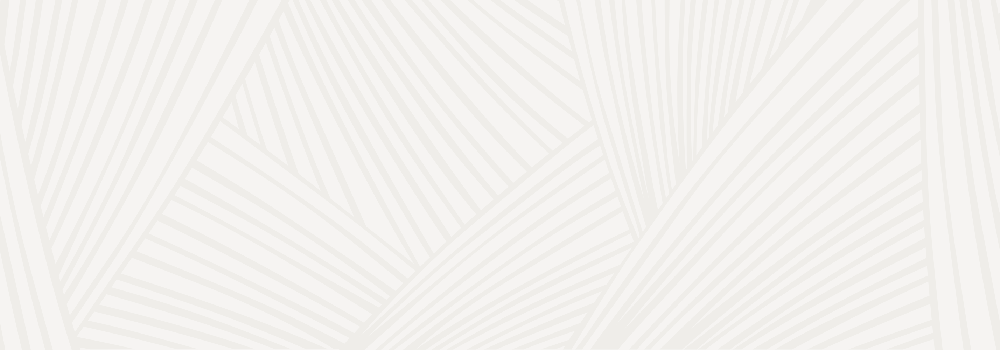In all, there are 12 primary, 12 divergent, 8 extraordinary and 15 luo-connecting channels belonging to this system. Acupuncture points are located on the pathways of these channels and manipulated using needles, moxibustion, scrubbing or massage to achieve the desired treatment effect.
There are 361 acupuncture points in use by practitioners which have been standardised by the World Health Organisation. Each of these points have particular functions when stimulated alone, but in clinical practice it is more effective to use a combination of points.
How these points are chosen and stimulated using acupuncture needles or other methods determines the effectiveness of acupuncture treatment. For many chronic and internal conditions, treatment is most effective when acupuncture is also combined with Chinese herbal medicine.
“It is by virtue of the twelve channels that human life exists, that disease arises, that human beings can be treated and illness cured. The twelve channels are where beginners start and masters end. To beginners it seems easy; the masters know how difficult it is.” – Spiritual Pivot (Canon of Acupuncture) Chapter 17




